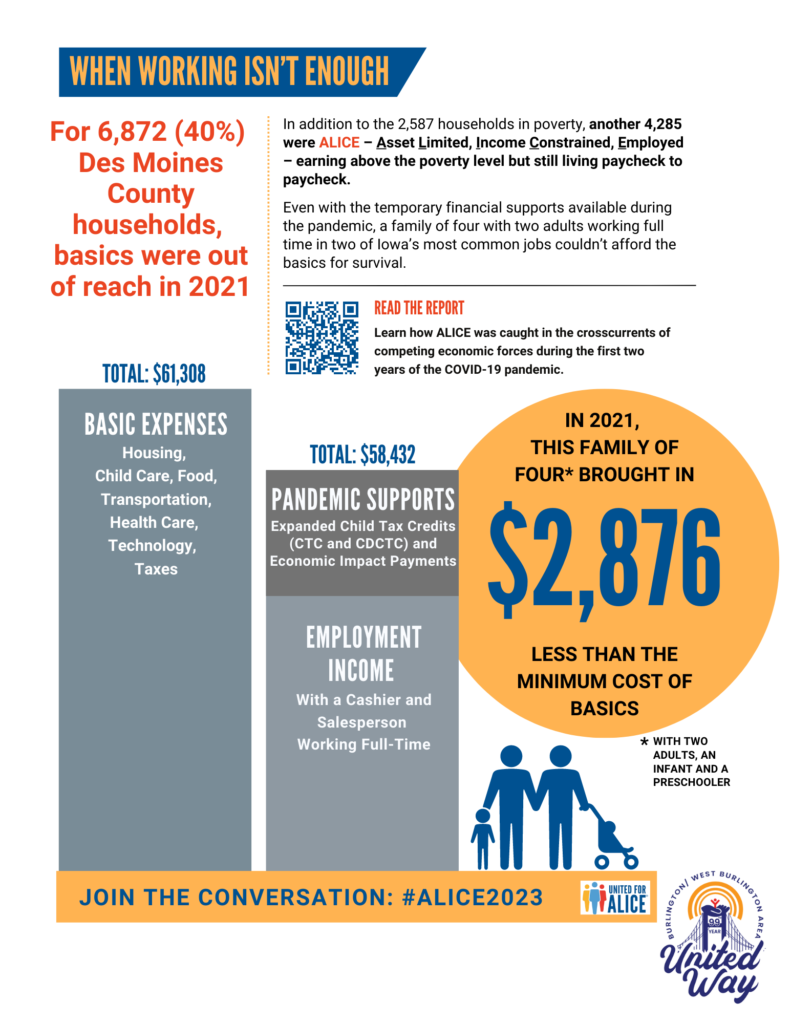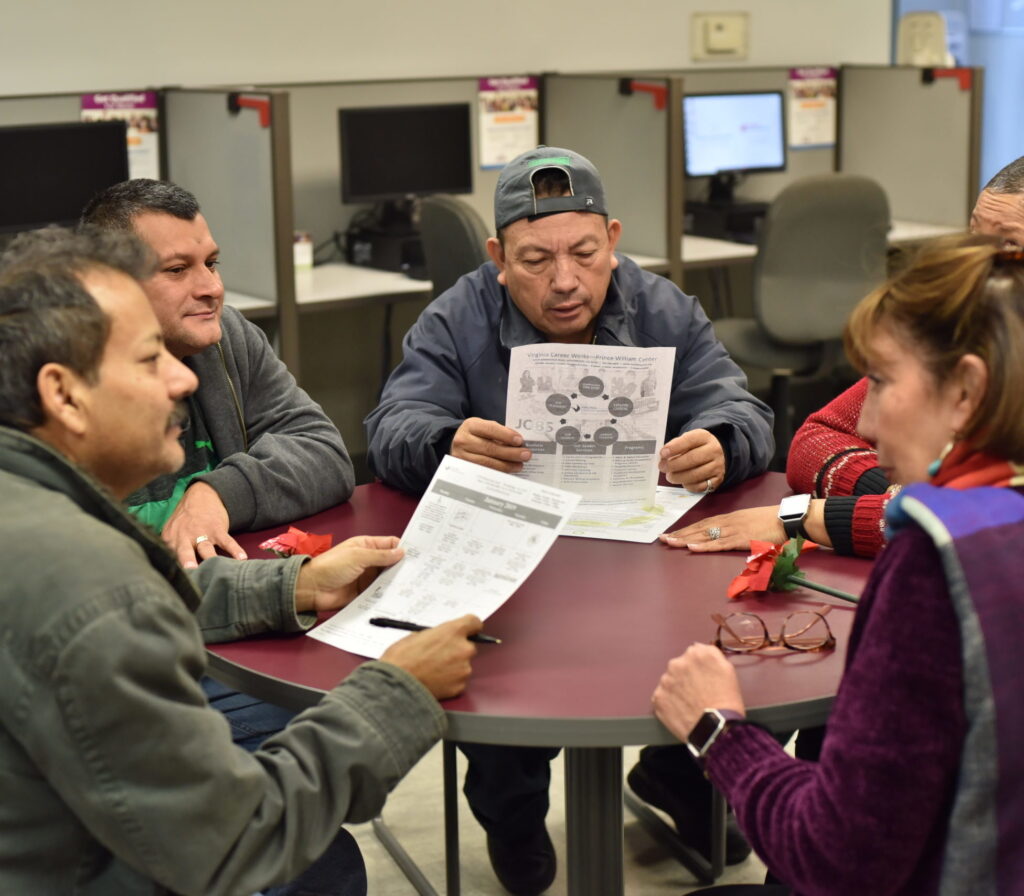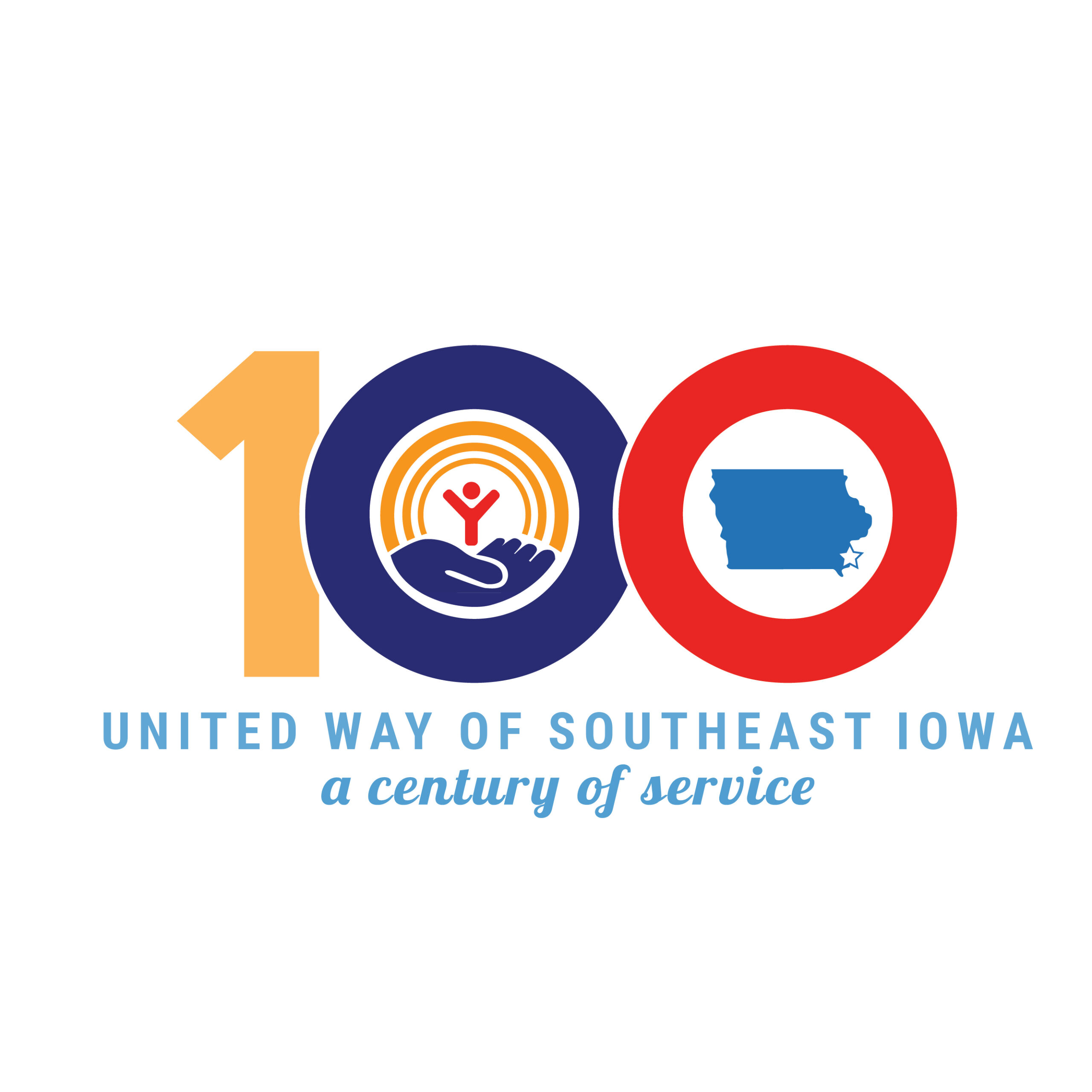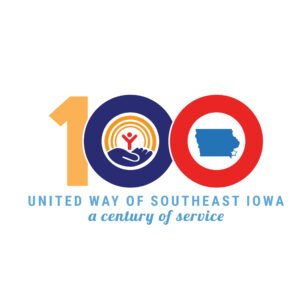
A.L.I.C.E.
ALICE LIVES HERE
The ALICE (Asset Limited, Income Constrained, Employed) population represents more than 6,476 (38%) low- and moderate-income households in our region that earn more than the Federal Poverty Level but less than the basic cost of living for the county/state in which they live. The United Way of Southeast Iowa’s ALICE Lives Here initiative aims to reduce disparities in the areas of health, education and economic opportunity and improve outcomes for individuals and families in the Southeast Iowa Area.

ABOUT
As we go about our day and look to the months ahead, we ask our friends and neighbors to imagine for a moment what life would be like if you were unsure of how you were going to pay your rent, mortgage or utility bills next month. This is an everyday reality for our ALICE neighbors.
The ALICE Lives Here initiative is one of the United Way of Southeast Iowa’s strategic programs established to address the issues of inequity in our systems for employment, education, health and food access, financial stability, and opportunities for all to grow to the best of their abilities. We realize that these issues will not change unless we, as a community, do the work to make the Southeast Iowa Area a better place to live for all residents. And we truly believe that when none are ignored, all will thrive.

ALICE is a United Way acronym that stands for Asset Limited, Income Constrained, Employed, representing a large portion of community members who are working but struggling to make ends meet.
ALICE (Asset Limited, Income Constrained, Employed) households earn above the Federal Poverty Level, yet they are not eligible for assistance and can’t afford the basic household necessities, including housing, child care, food, transportation, and health care.
Over 6,000 households in our region are Asset Limited, Income Constrained, Employed.
- 40% of total households in the Southeast Iowa Area make difficult decisions about how to make ends meet each month.
- Stretching income to cover more costs disproportionately affect people of color.
- But for Black households, those numbers are far higher. Our analysis of the real cost of living in every U.S. County shows that 60% (nationally) and 55% in IA of Black households cannot afford basic household essentials in their communities.
- 1 in 4 People of color dedicate 50% of their income to paying rent each month. (National Equity Atlas)


